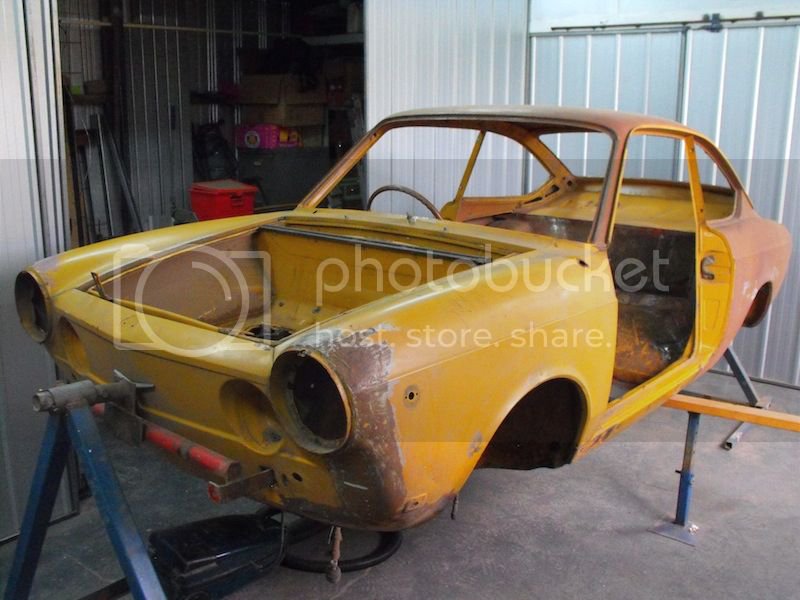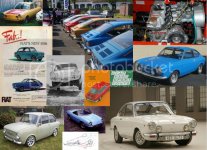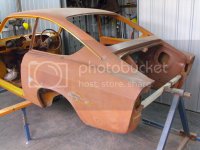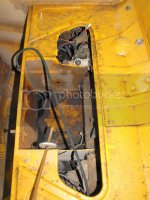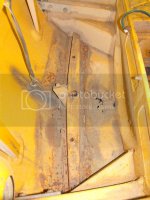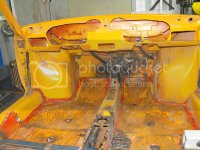Hi,
picture heavy update this time. Have been busy fabricating sections for the front trunk which has been rusted in several spots through drainage issues, normal rot in the front cross member, and the battery tray.
After cutting out the very corroded battery tray, and wire brushing the spare wheel well, several perforations were found, and duly attempted to make a patch to suit. After patching in some good new metal, it was evident that the acid etching had taken its toll, and much of the surrounding area was very, very thin metal.This lead to a second patch in the adjacent area to try and strengthen it.
This lead to chasing several holes with the welder when holes were blown through the paper thin metal. The end result was a patchwork of sheet metal and welding, which was very lumpy, even after running the shrinking disk over it. I’m guessing I’m not the only one to have spent hours welding, grinding, welding, grinding, welding, grinding in efforts to fill rust holes with metal.



The spare wheel metal with patches shown - not happy with the result. The two blue lengths angle irons you can see sticking up are bolted on to the steering box and idler arm mounting. This is very handy, as it supports the car, allowing the front end of the rotisserie to be taken off while working in this area.

The remains of the from crossmember, at the very front of the car. Every 850 coupe i’ve had seems to suffer from the same rust.

New beginnings. This is the start of the replacement front section which houses the spare wheel, and the front cross member. Would have been nice to have a panbrake to fold up the metal sheet, but managed to get reasonable results without.


Anyone got the clamps? The front crossmember is
almost a box section, but tapers in thickness in both with and depth. To make it easier to form, I made up a template with the same dimensions, and folded the metal around it.

Starting to look like the original! This version is slightly different configuration to the standard, and will enable me (hopefully) to put a 185 section spare in the front, rather than the very skinny 155 standard fare.

Getting to the harder bits - concave curves. After watching a few Youtube videos, figured out that roughing out the bowl for the wheel well with a ballpein hammer in a wooden form was the way to go. The ballpein hammer has been modified to have a slight curved face, rather than flat.

Looking less like its been beaten with a tree stump. A couple of cardboard templates help figure out whether curve is approaching the right shape.

And now its been rolled a bit with the english wheel.

…then spliced into the rest of the metal work..

..now its good enough!

It was about now, that I took a good look at the welded repairs to wheel well, and was getting less happy with my past endeavours but the minute. How are could it be to replicate the panel?

Bash the flat sheet into a nominal bowl with the trusty hammer,

then a reverse curve...

and some more hammering with a flat faced hammer.

Tidy up with the english wheel, and weld that puppy in!

Now turning attention to the very front panel. The car must have been sitting for a long time with water collecting in one corner, as there was a lot of rust perforation here. Cut off the old stuff..

And start tacking in the new section. Its right then that the mig gas runs out! Damn! Well thats it for the day.


Cheers.








